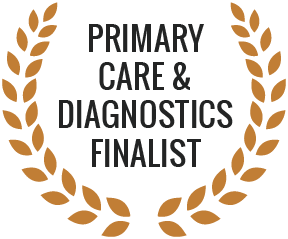If you have acne scarring & would like to investigate safe & effective treatment options, do please come to the clinic for an appointment with one of our dermatologists. Treatments can help to diminish the appearance of both raised & depressed scars, with a wide range of treatment options available to suit your level of comfort.
The level of effectiveness will depend on getting the right treatment for your specific case. If you are still experiencing acne outbreaks, you will be offered support in treating these before proceeding with scar treatments.
Options for treating acne scars range from milder treatments such as topical creams & gels, soft tissue augmentation techniques (with hyaluronic acid, collagen, fat implants, or gelatin), chemical peels, fillers, dermabrasion, skin needling, & laser treatment. In some cases, cryotherapy or minor surgeries are possible options, & all can be performed at the clinic.
Definition
Scarring can result from acne if the condition is characterised by excessively large nodules or cysts which break the follicle walls. There are two categories of acne scar. Hypertrophic scarring is the result of a fibrous process where new collagen replaces the injury. Atrophic scars are caused by loss of tissue.
Symptoms
People who have acne scarring tend to have more than one type of scar. The four major types of acne scars are ice-pick scars, boxcar scars, keloid scars, & rolling scars. Post-inflammatory hyperpigmentation is another skin condition caused by acne. It is not a scar, but it can cause significantly visible marks, due to the skin overproducing melanin during the healing process.
- Ice-pick scars: Narrow, but extending deeply into the dermis, ice-pick scars look like small, thin, deep holes, or very large, open pores. They are usually caused by deeper blemishes that spread to the surface & destroy skin tissue, such as a cyst. Ice-pick scars can be treated with dermabrasion, punch excision, or punch grafting.
- Boxcar scars: These scars are round or oval-shaped depressions in the skin, with steep sides. They are larger than ice-pick scars, & caused by collagen loss during an inflammatory breakout. The can be treated with punch excision, punch elevation, dermal fillers, or laser treatment.
- Rolling scars: These are wave-like depressions over areas of the skin, making the surface look uneven, & are caused by fibrous bands of the tissue pulling on the epidermis & binding it deeper into the skin’s subcutaneous tissue. Rolling scars can be treated with subcision, a minor surgical procedure performed under local anaesthetic, which involves cutting the fibrous base of the scar & thus smoothing the skin surface.
- Hypertrophic scars: These scars are firm & raised, appear above the skin surface, & are due to deeper acne wounds from cysts & nodules. They develop due to an overproduction of collagen. There are many treatment options for these types of scars, including topical creams & gels, cryotherapy, & laser treatments.
- Keloid scars: Like hypertrophic scars, keloid scars are raised scars, but can grow much larger than the original wound, when the skin continues to produce collagen even after the wound has healed. Treatment will depend on the individual & can include cryotherapy & laser treatment, injections, & topicals.






















